編輯:關於Android編程
本文實例為大家分享了SwipeRefreshLayout下拉刷新源碼,供大家參考,具體內容如下
1.SwipeRefreshLayout是Google在support v4 19.1版本的library更新的一個下拉刷新組件,實現刷新效果更方便。
弊端:只有下拉
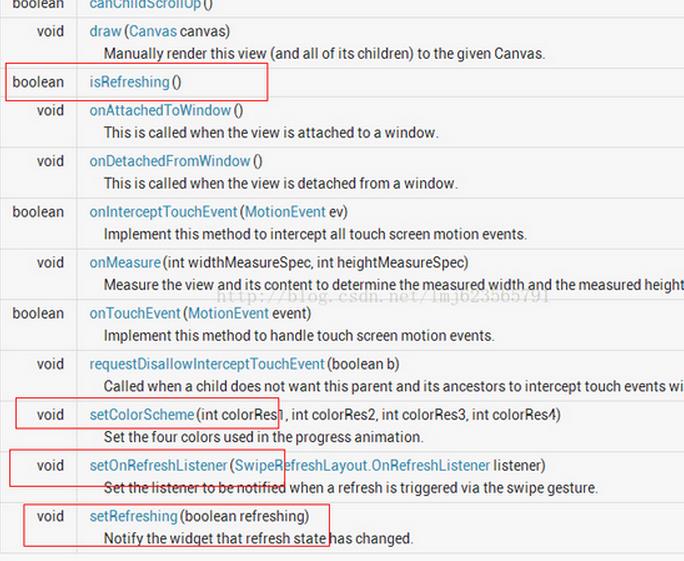
//設置刷新控件圈圈的顏色 swipe_refresh_layout.setColorSchemeResources(android.R.color.holo_blue_light, android.R.color.holo_orange_light, android.R.color.holo_red_light, android.R.color.holo_green_light); //設置刷新控件背景色 swipe_refresh_layout.setProgressBackgroundColorSchemeColor(getResources().getColor(android.R.color.white)); //設置滑動距離 swipe_refresh_layout.setDistanceToTriggerSync(100); //設置大小模式 swipe_refresh_layout.setSize(SwipeRefreshLayout.DEFAULT); //設置下拉刷新控件狀態隱藏 swipe_refresh_layout.setRefreshing(false);
2.在xml文件中引用android.support.v4.widget.SwipeRefreshLayout控件,在裡面可以放置任何一個控件,例如ListView,gridview等。
<RelativeLayout xmlns:android="http://schemas.android.com/apk/res/android" android:layout_width="match_parent" android:layout_height="match_parent" > <android.support.v4.widget.SwipeRefreshLayout android:id="@+id/id_swipe_ly" android:layout_width="match_parent" android:layout_height="match_parent" > <ListView android:id="@+id/id_listview" android:layout_width="match_parent" android:layout_height="match_parent" > </ListView> </android.support.v4.widget.SwipeRefreshLayout> </RelativeLayout>
3.Java代碼
public class MainActivity extends Activity implements SwipeRefreshLayout.OnRefreshListener {
private SwipeRefreshLayout swipeLayout;
private ListView listView;
private ListViewAdapter adapter;
private List<ItemInfo> infoList;
@Override
protected void onCreate(Bundle savedInstanceState) {
super.onCreate(savedInstanceState);
setContentView(R.layout.activity_main);
swipeLayout = (SwipeRefreshLayout) this.findViewById(R.id.swipe_refresh);
swipeLayout.setOnRefreshListener(this);
// 頂部刷新的樣式
swipeLayout.setColorScheme(android.R.color.holo_red_light, android.R.color.holo_green_light,
android.R.color.holo_blue_bright, android.R.color.holo_orange_light);
infoList = new ArrayList<ItemInfo>();
ItemInfo info = new ItemInfo();
info.setName("coin");
infoList.add(info);
listView = (ListView) this.findViewById(R.id.listview);
adapter = new ListViewAdapter(this, infoList);
listView.setAdapter(adapter);
}
public void onRefresh() {
new Handler().postDelayed(new Runnable() {
public void run() {
swipeLayout.setRefreshing(false);
ItemInfo info = new ItemInfo();
info.setName("coin-refresh");
infoList.add(info);
adapter.notifyDataSetChanged();
}
}, 500);
}
}
以上就是本文的全部內容,希望對大家的學習有所幫助,也希望大家多多支持本站。
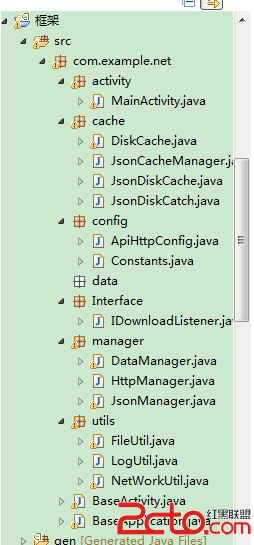 android 從零開始搭建框架系列(1)
android 從零開始搭建框架系列(1)
工作幾年發現自己沒留下啥東西,天天開發開發,沒總結過。 這次想總結下。故而寫這個系列的博客。希望對廣大的開發者有所幫助。OK 首先先分析下 框架的作用,以及框架所應擁有的
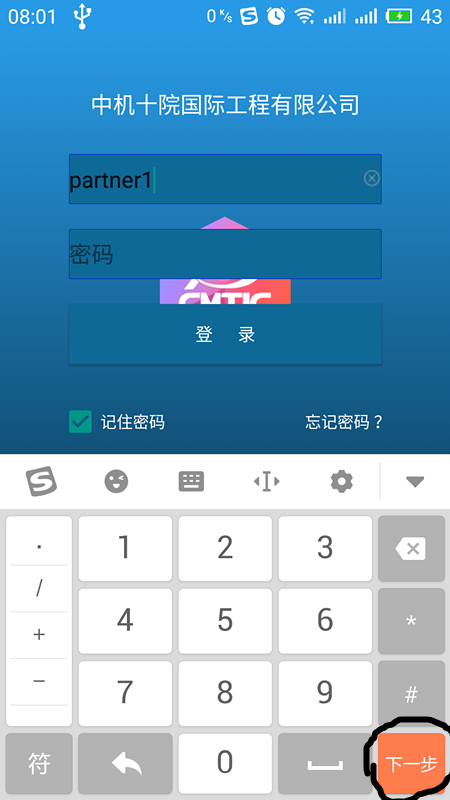 Android開發中利用imeOptions屬性將鍵盤回車鍵改成搜索等功能鍵
Android開發中利用imeOptions屬性將鍵盤回車鍵改成搜索等功能鍵
Android中鍵盤輸入是用戶輸入交互的最常用最直接的手段,關於鍵盤輸入,有幾點可以提高用戶使用體驗。第一:彈出鍵盤整體頁面上移,使鍵盤不遮擋控件,需要在AndroidM
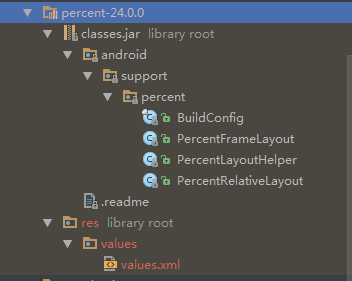 Android 百分比布局詳解及實例代碼
Android 百分比布局詳解及實例代碼
Android 百分比布局1.引入:compile com.android.support:percent:24.0.02.點開源碼可以看到,主要有兩個布局類Percen
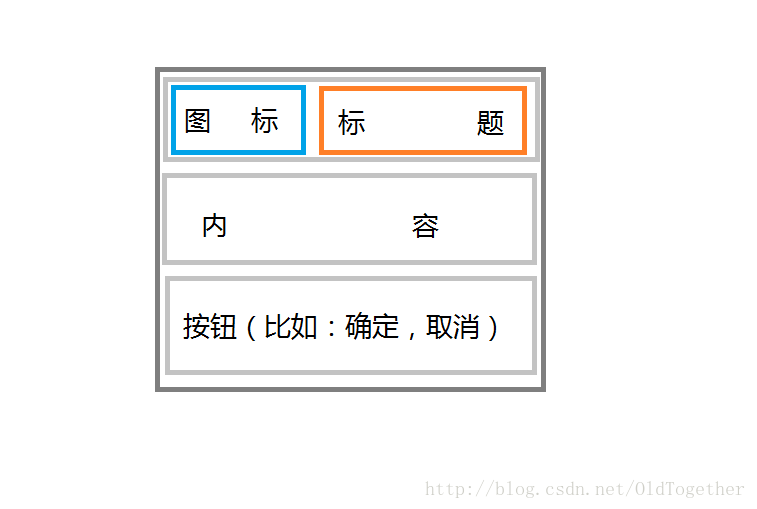 Android常用對話框使用大全
Android常用對話框使用大全
日常生活中我們隨處可見對話框,上面有很多提示信息,更加方便提示用戶進行不同的操作。一、對話框的兩個特點和一些常見的對話框1.當彈出對話框是會結束UI線程(即主線程);2.